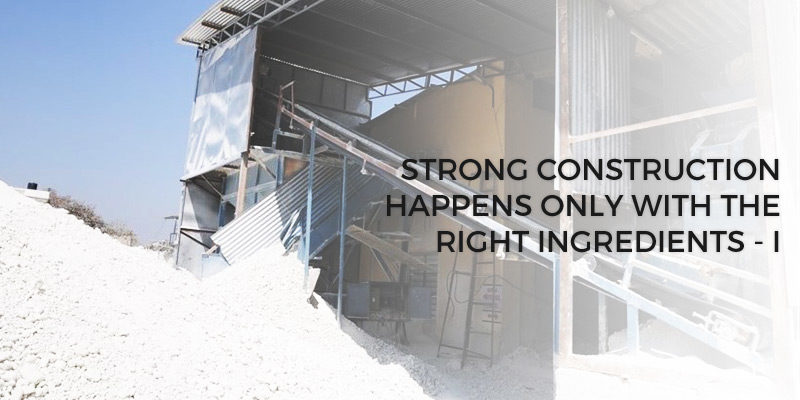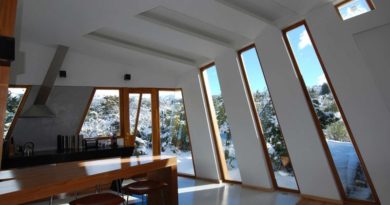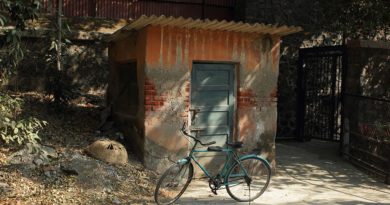SCIENTIFIC VASTU FOR A STRONG CONSTRUCTION | An Architect Explains
When the construction of your house starts, even if you have guidance from professionals, there are certain decisions that only you can take, regarding building materials and construction methods because these decisions impact your budget. Some useful tips in this regard can help you make the right decisions. This is where Vastu Shastra, can help you. Vastu Shastra lays down guidelines regarding all aspects of the construction of a house including materials and methods of construction. It is believed that by following the Vastu guidelines correctly, you can be ensured a safe, solid, strong structure.
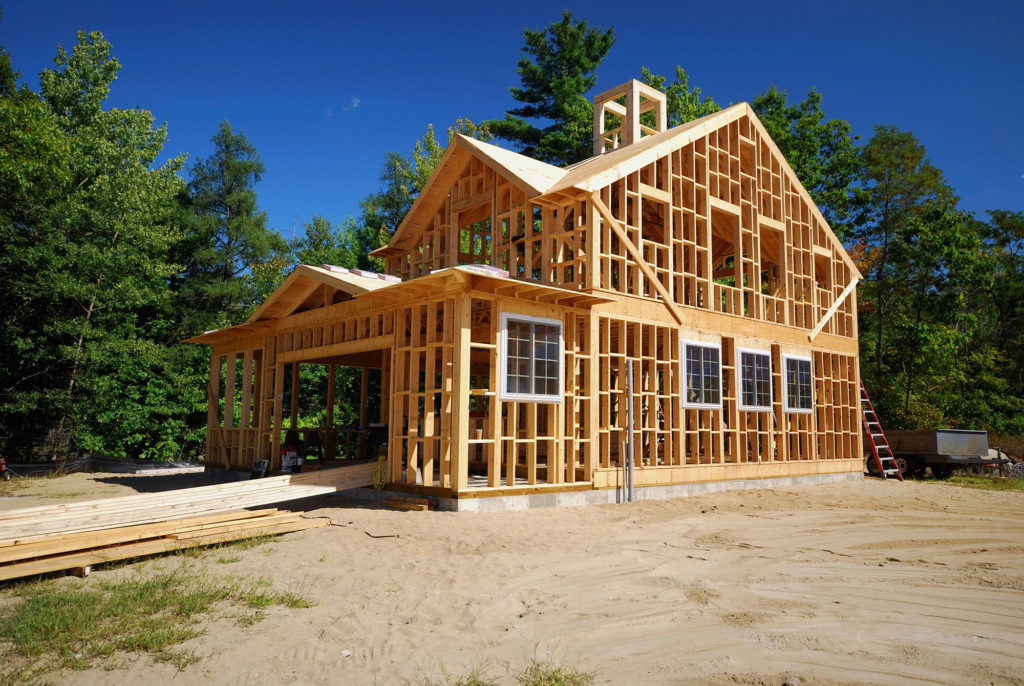
So in this post, I have listed some Vastu tips to help you build a strong, safe structure that will last without needing repairs often. As an Architect, I agree with all these Vastu guidelines. Listed here, are some of the Vastu Guidelines for a strong construction. Since Vastu Shastra is a science, every guideline is based on logic and reasoning. As an Architect, I have attempted to explain each of these guidelines rationally and scientifically under the following headings, so that you have a choice and can decide what you want to follow or what you don’t, instead of looking at Vastu Shastra as a superstition:
What are the Vastu guidelines regarding space around the constrcution of a building?
What re the Vastu guidelines regarding materials used in the building construction?
What are the Vastu guidelines regarding the time frame of a building construction?
What are the Vastu guidelines for the supervision of a building construction?
WHAT ARE THE VASTU SHASTRA GUIDELINES REGARDING SPACE AROUND THE CONSTRUCTION OF A HOUSE?
Some points to be considered during construction are the following:
Equal open space should be left on all four sides: The Reasoning – Maintenance and cleaning of the house can be done easily if there is space on all four sides of the Site. Moreover, the house can have windows an all 4 sides because of the available space all around.
The open spaces around the Site should slope from the South and West sides to the North & East sides and outlets of rainwater should be in North-East or North zones. The Reasoning – Normally the Water Source is located in the North-East corner. So it is preferable to have the runoff rainwater flowing towards the North-East corner, as it will help to recharge the water source.
WHAT ARE THE VASTU GUIDELINES REGARDING MATERIALS USED FOR A HOUSE CONSTRUCTION?
Only new building materials, bricks, wood, and materials should be used when building a new house. The Reasoning – New building material is always in good condition, has more strength and can be finished (polished, painted etc) well.
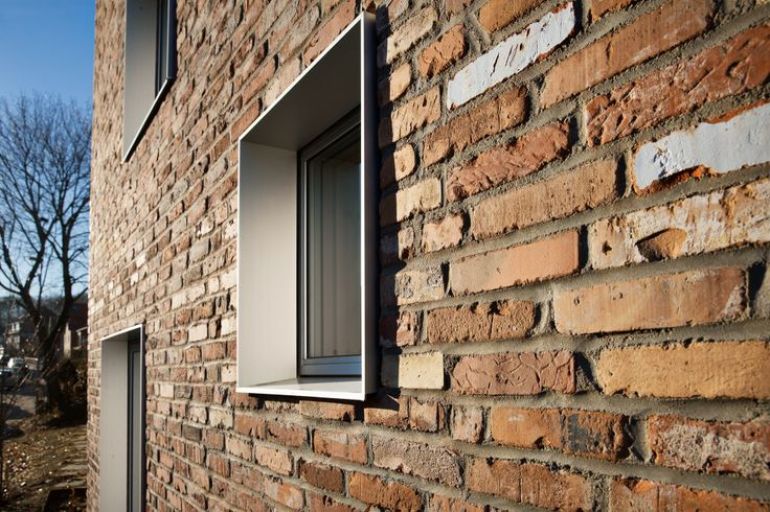
Avoid using old building materials for the construction: If there are old materials available, it is better to sell them and use the money to buy new materials. The Reasoning – Material from an old building like old wooden pillars, used steel, old bricks or blocks etc will have less strength and so it is better not to use them in a new building, even though sustainability is a trend. Not worth compromising on strength and the effort of maintenance.
Materials stored for a long time should also not be used. Iron grills should only be made when needed. The Reasoning – Building materials stored for a long time will not be as effective as new materials, as they may not have been stored well, away from moisture and pests etc.
Good quality sand, gravel and cement should be used. The Reasoning – If second quality or cheaper materials are used, they are bound to affect the strength, finish and quality of the structure.
Wood from thorny trees should not be used. The Reasoning – Generally the wood of thorny trees is not strong, difficult to work with and hence unsuitable for house construction.
WHAT ARE THE VASTU GUIDELINES REGARDING THE TIME FRAME OF THE CONSTRUCTION OF A HOUSE?
Construction should be started within 90 days from the completion of the Compound Wall. The Reasoning – This time frame is fixed so as to coax the Owner to start Construction, because otherwise he may keep postponing and this will only result in extra expenditure.
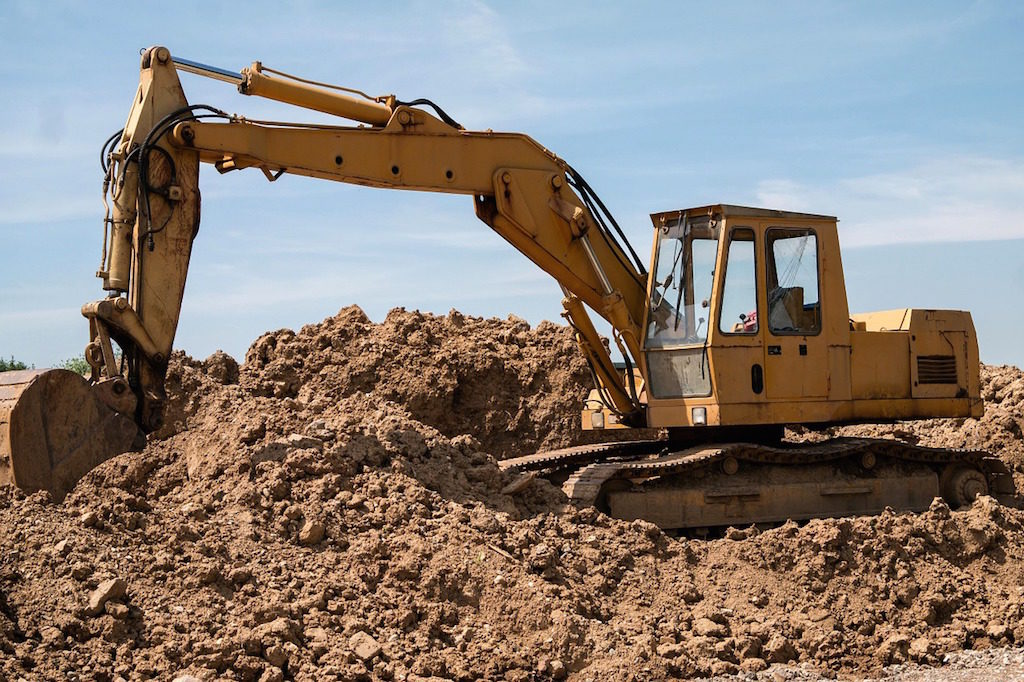
Construction should not stop once it begins. The Reasoning – There will be more expense involved in stopping-and-starting work.
Workers should not be unnecessarily pushed to speed up their work. The Reasoning – If pressurized, they will do a shoddy job. Moreover, some things like setting, curing of columns, beams, slabs etc cannot be rushed as there is a risk that the structure may collapse.
Work for the day should stop at sunset. The Reasoning – Construction should not be done at night as it is difficult to see and the quality of work will suffer. Also, the workers need to have rest as they can’t do a good job if they are overworked.
WHAT ARE THE VASTU GUIDELINES REGARDING THE SUPERVISION OF A HOUSE CONSTRUCTION?
A qualified supervisor should always oversee the construction. The Reasoning – Any mistakes that come up at site due to the faulty work of the workers, can be noticed by a qualified person who is always at site. Also, the illiterate workers can clear any doubts that they may have about the drawings, with the Site engineer.
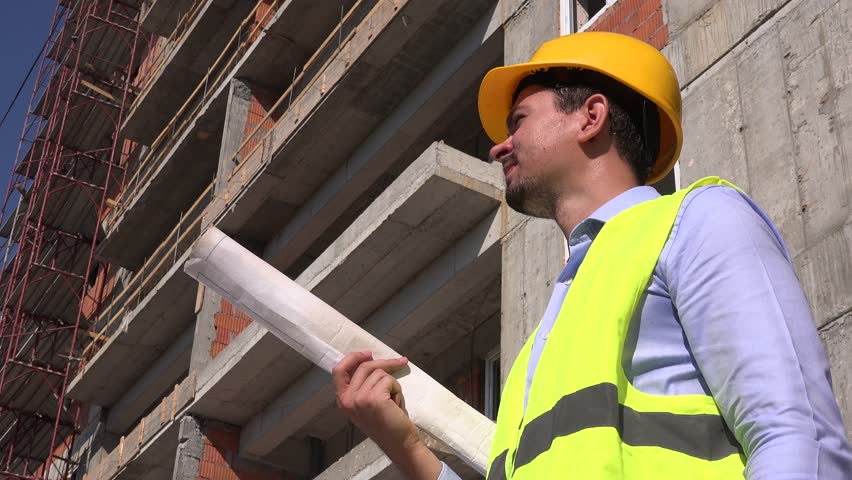
This post was about the Vastu guidelines during the Construction of a House to ensure a strong and solid structure. The main door should also be made strong and secure. Read about the Vastu Shastra guidelines for fixing the main door during the construction here:
If you found this post useful, all it takes is a simple click on the “pin it” “like,” “share,” “tweet,” or Google+ buttons below the post.
Related Topics:
- Vastu Shastra | Explained By An Architect
- Vastu Shastra | Principles For A House
- Vastu Shastra | Factors That Impact A House
- Vastu Guidelines | Designing A House
- Vastu Guidelines | Interiors Of A House
- Vastu Guidelines | Exteriors Of A House
- Vastu Guidelines | Selecting The Right Site
- Vastu Guidelines | Construction Of A House
- Vastu Guidelines | Rituals For A House
- Vastu Guidelines | Non-Residential Buildings
- Remedies For Vastu Defects

